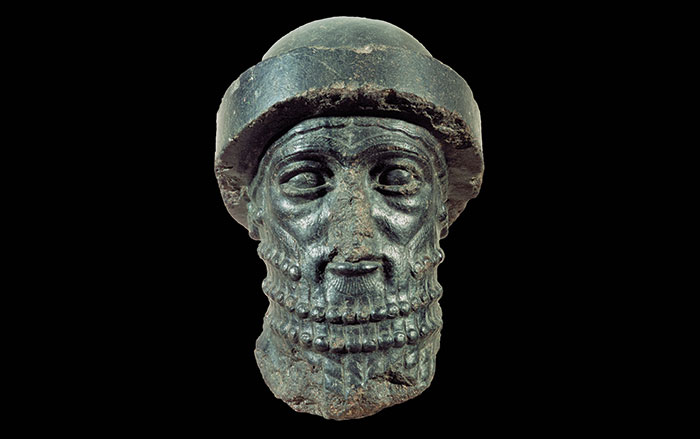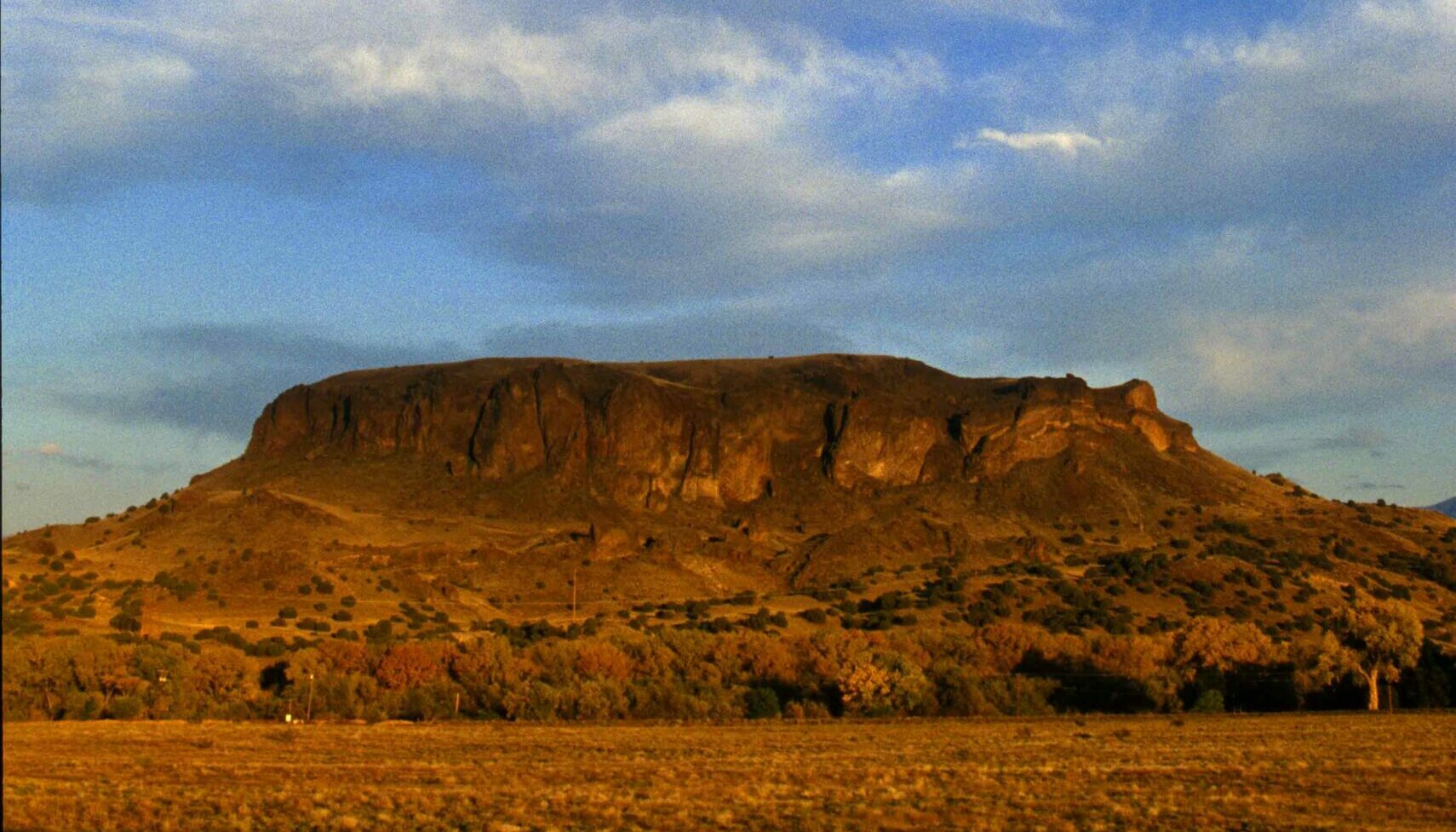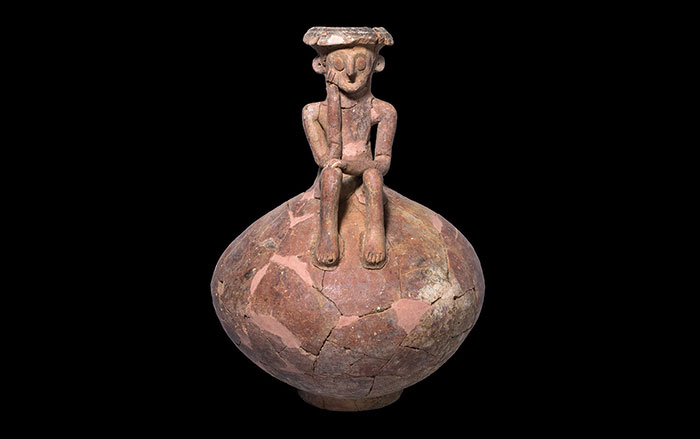
KHOVD CITY, MONGOLIA—Researchers from the Khovd Museum and The Center of Cultural Heritage of Mongolia have been analyzing and conserving the remains of a Turkik woman and her grave goods excavated last year in the Altai Mountains. The Siberian Times reports that it had been thought that the woman died of a head injury in the sixth century A.D., but experts now say she lived in the tenth century. They are awaiting the results of radiocarbon dating and DNA testing. The woman was buried with more than 50 items, including a pair of leather boots decorated with red- and black-striped embroidery, a mirror and comb, an embroidered bag containing a sewing kit, a horse that had been sacrificed, a saddle, and four changes of clothing. A tar-like substance called shilajit, applied to the body, may have helped to preserve it. The woman’s body and the horse’s remains were also covered with felt. “As the grave was buried in a cool environment, fabric and the felt did not undergo a biological reaction,” said Galbadrakh Enkhbat, director of the Center of Cultural Heritage of Mongolia. “They appeared as if they had been used only yesterday.”










